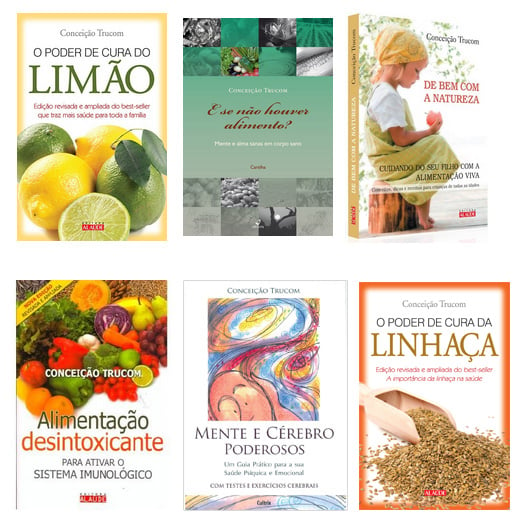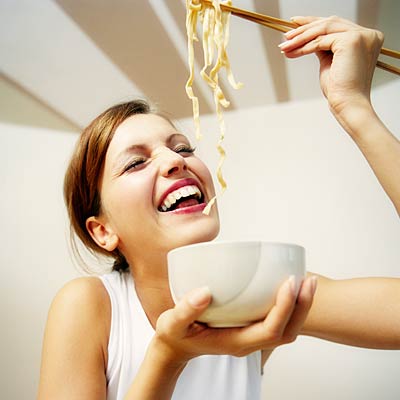| Get the facts about these common fibromyalgia myths. Learning all you can about fibromyalgia is the first step toward gaining control of your symptoms. Fibromyalgia is a widely misunderstood condition that causes widespread pain and fatigue. If you've been diagnosed with fibromyalgia and are trying to learn all you can about the condition, you may come across some myths and misconceptions about fibromyalgia. In this interview, Connie A. Luedtke, R.N., the nursing supervisor of the Fibromyalgia and Chronic Fatigue Clinic at Mayo Clinic, Rochester, Minnesota, discusses some common misconceptions about fibromyalgia. What is the most common misconception about fibromyalgia?The top misconception is that people think fibromyalgia isn't a real medical problem or that it is "all in your head." There's a lot that's unknown about fibromyalgia, but researchers have learned more about it in just the past few years. In people who have fibromyalgia, the brain and spinal cord process pain signals differently. As a result, they react more strongly to touch and pressure, with a heightened sensitivity to pain. It is a real physiological and neurochemical problem. Why does this misconception persist?In our society, people tend to think that there is a cure or a fix for every medical problem. You go to the doctor, expecting he or she will fix whatever's wrong with you with medication or surgery. It's frustrating to people with fibromyalgia because the traditional treatment approach isn't effective. And it's also frustrating to health care providers because they want to help people. But there's no easy fix. It takes lifestyle changes and small steps toward achieving wellness. It's a process. How have misconceptions about fibromyalgia changed over the years?More people understand that fibromyalgia is a real problem, often because they know someone who has it — perhaps a sister or daughter or mother. And more men are being diagnosed with fibromyalgia now that the diagnostic criteria are no longer focused so heavily on the number of tender points you might have. Health care providers are seeing that people who have fibromyalgia can manage their symptoms with lifestyle changes to improve their overall functioning and quality of life. So there's hope for the future. Is there a diet for fibromyalgia? Some people say their fibromyalgia symptoms are worsened by certain foods or food additives — such as refined flour, dairy products, sugar, sugar substitutes or MSG — but there's no clear research-based evidence to support this. Some studies show a benefit in avoiding certain foods or additives, while other studies don't show such a correlation. Scientists are investigating possible connections between the consumption of gluten and fibromyalgia symptoms, but more research is needed. People who have fibromyalgia are also more likely to be overweight or obese, and both problems impact quality of life. For some people, losing weight can help reduce fibromyalgia symptoms. Can techniques such as meditation help reduce pain?The power of the mind is a real factor in pain perception. For example, studies have shown that anxiety that occurs in anticipation of pain is often more problematic than the pain experience itself. In that sense, the mind has a negative impact on symptoms. Many of the people who come to Mayo Clinic's fibromyalgia clinic are perfectionists who have very high expectations for themselves. They haven't adjusted to more realistic expectations after they developed fibromyalgia symptoms. These people have difficulty learning to relax. They may push through the pain and keep doing activities to the point of exhaustion. However, as people learn to moderate their activity levels, they gradually adjust their expectations, and are able to become more active without overdoing it. People report lower levels of pain when they can slow their heart rate by deep breathing and doing other relaxation techniques. In our clinic, we teach people about tools they can use to tap into what they have within their own power. Can misconceptions about fibromyalgia be harmful?If people with fibromyalgia believe there is no help for them, they're going to remain untreated. Even if there isn't a cure, there are treatments that can really improve their quality of life. They need to recognize that it's OK to ask for help with things, and that it's OK to give themselves time for exercise and relaxation each day. They need to make their own health a priority. July 11, 2015 References
|















